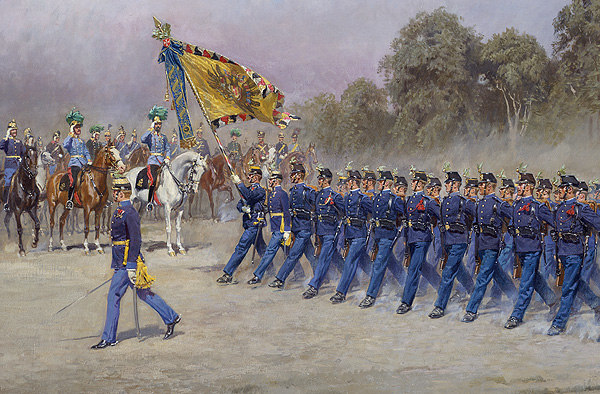The End of the War
By the fourth year of the war the Habsburg Monarchy had reached the end of its tether and was in a state of complete military and economic exhaustion, which naturally inflicted a massive loss of authority on the traditional elites. In broad sectors of the population the longing for peace was accompanied by the desire for a comprehensive reordering of society and by an increasing feeling that the state structures of the Habsburg Monarchy were an impediment to progress.










